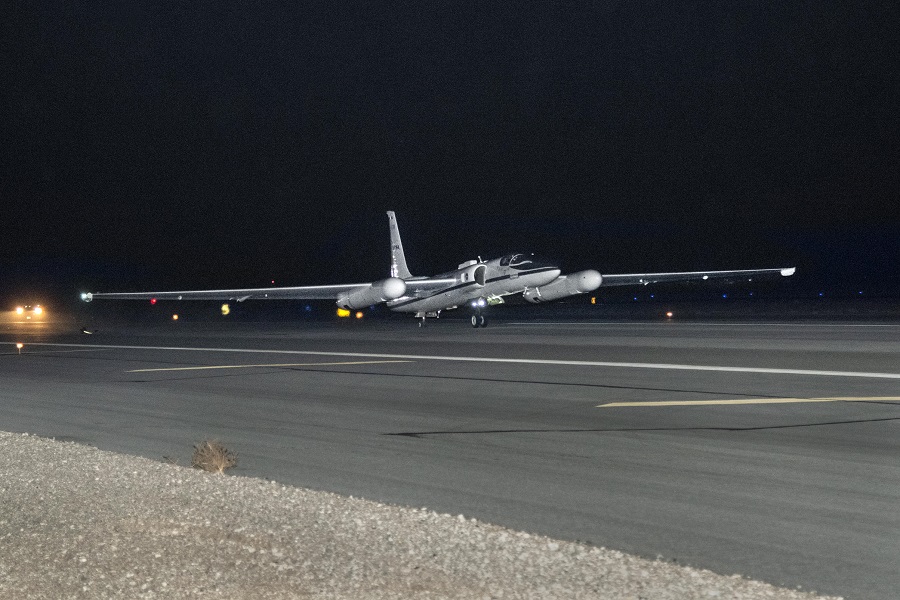NASA scientists conducted a study of moonlight using the Lunar Spectral Irradiance device located on board the aircraft. They use the collected data to correct the operation of satellites observing the Earth.

LUSI explores the moonlight
From March 12 to March 16, NASA conducted a study of moonlight from the ER-2 aircraft. It was carried out using the Lunar Spectral Irradiance, or LUSI. The data obtained during these experiments will improve the accuracy of satellite images in all ranges.
This instrument was developed in collaboration with the National Institute of Standards and Technology (NIST), the US Geological Survey and McMaster University. It is a telescope that measures the amount of light reflected from the lunar surface.
This telescope was lifted into the sky at 21.5 thousand meters. At this altitude, the atmosphere separating the instrument from space is 95 percent less dense than on the surface of the Earth. Accordingly, it almost does not reflect or scatter light. Thanks to this, LUSI could measure how much energy reflected from the moon’s surface was received by satellites in orbit. The margin of error was only 1 percent.
This approach allows NASA to estimate how much the intensity of moonlight changes with the change of phases. If this value is measured accurately enough, then the radiation reflected from our satellite can be used as a reference when setting up satellites.
Configuring Surveillance Satellites
NASA has more than 20 Earth observation satellites. They provide researchers with a global view of the interconnected Earth system. Many measure light waves that are reflected, scattered, absorbed or emitted by the Earth’s surface, water and atmosphere.
And the magnitude of these losses is different for different wavelengths. So, with changes in atmospheric conditions, satellites give a strong error and their data begin to get confused. Therefore, the system needs to be calibrated. We need a standard lighting source that can be used as a reference.
The intensity of the light reflected from the lunar surface changes all the time due to its rotation. But in each cycle, the phases are repeated, and the weather and other factors do not affect them. Therefore, once established, the pattern can then be used continuously.
According to www.nasa.gov
Follow us on Twitter to get the most interesting space news in time
https://twitter.com/ust_magazine

